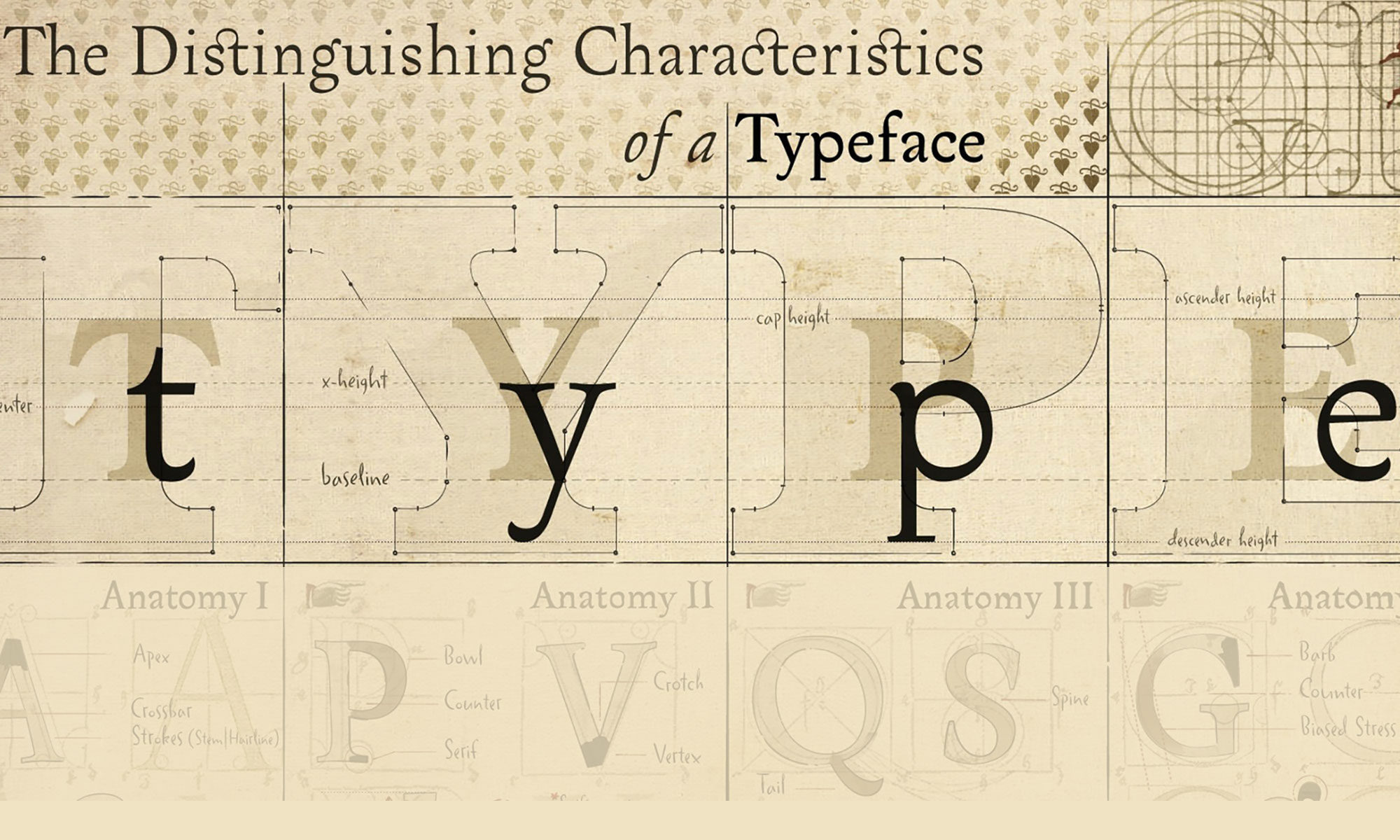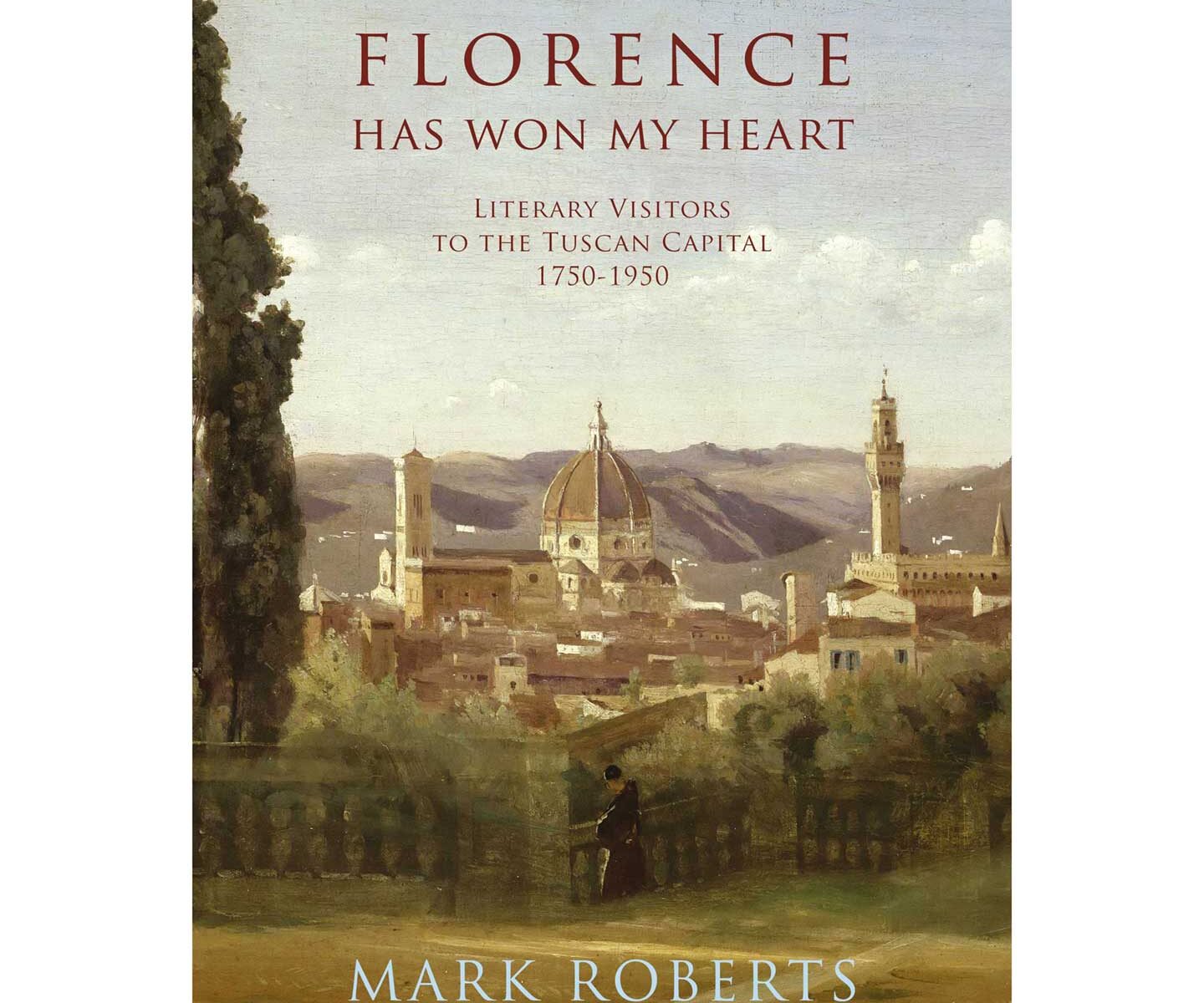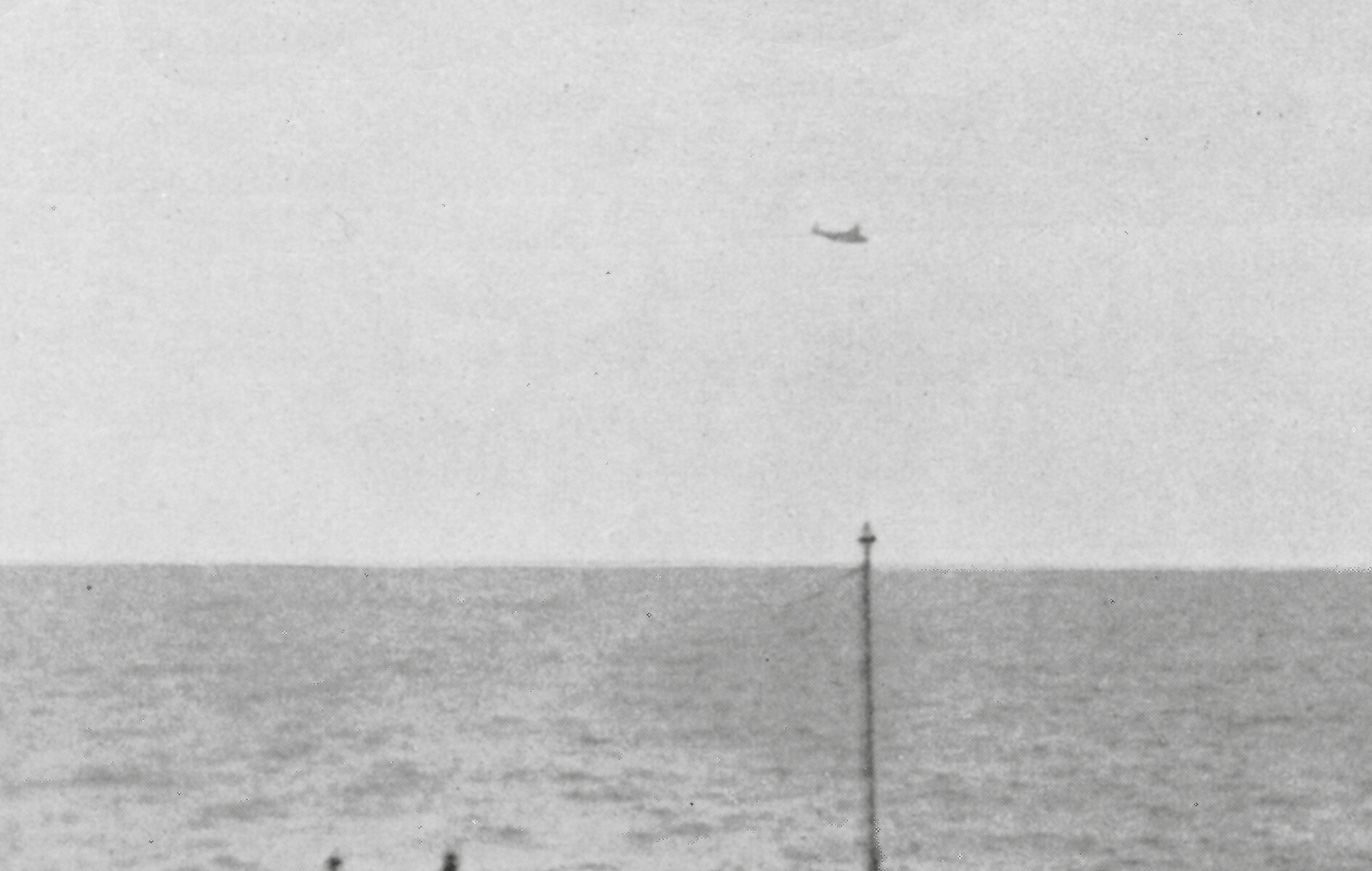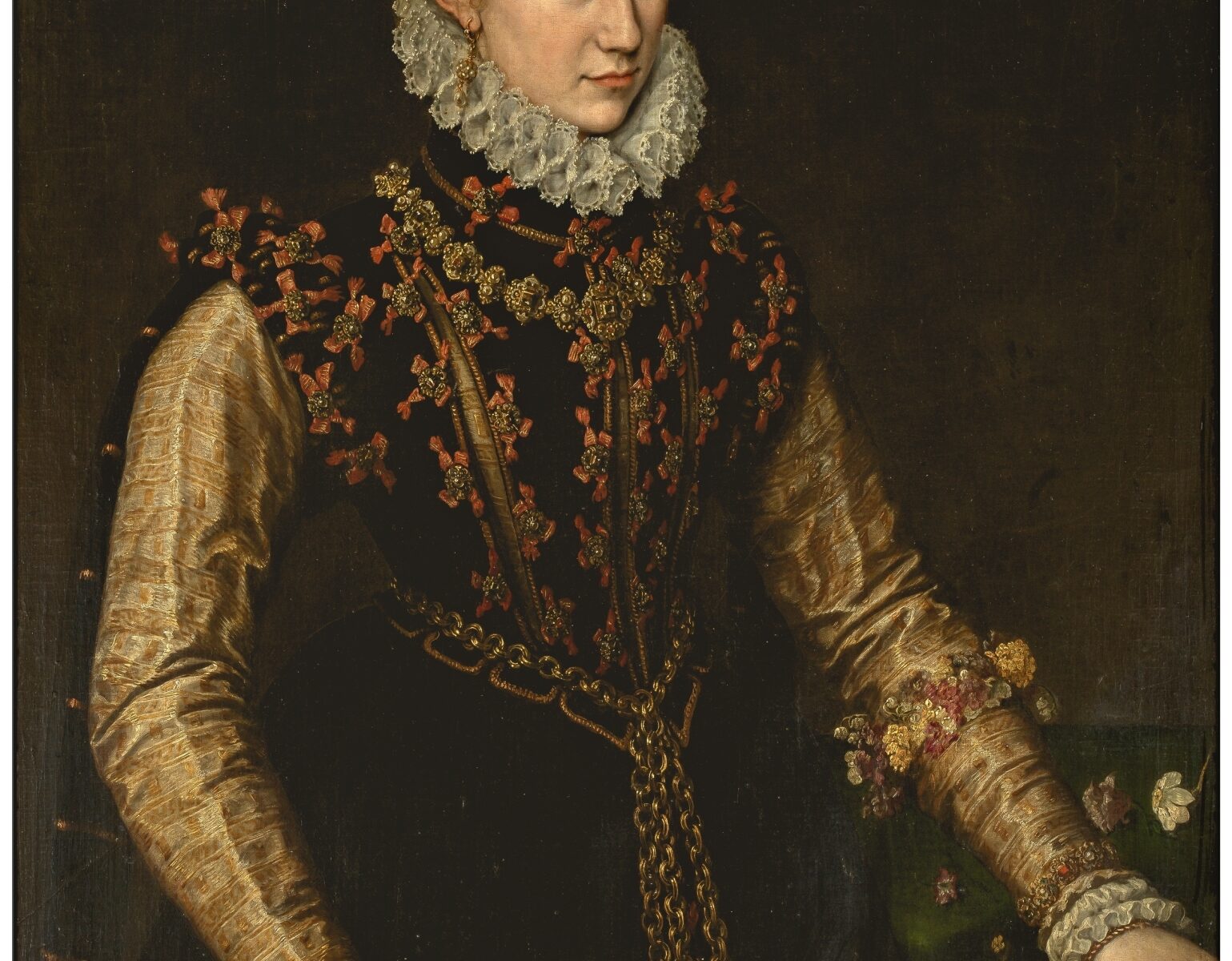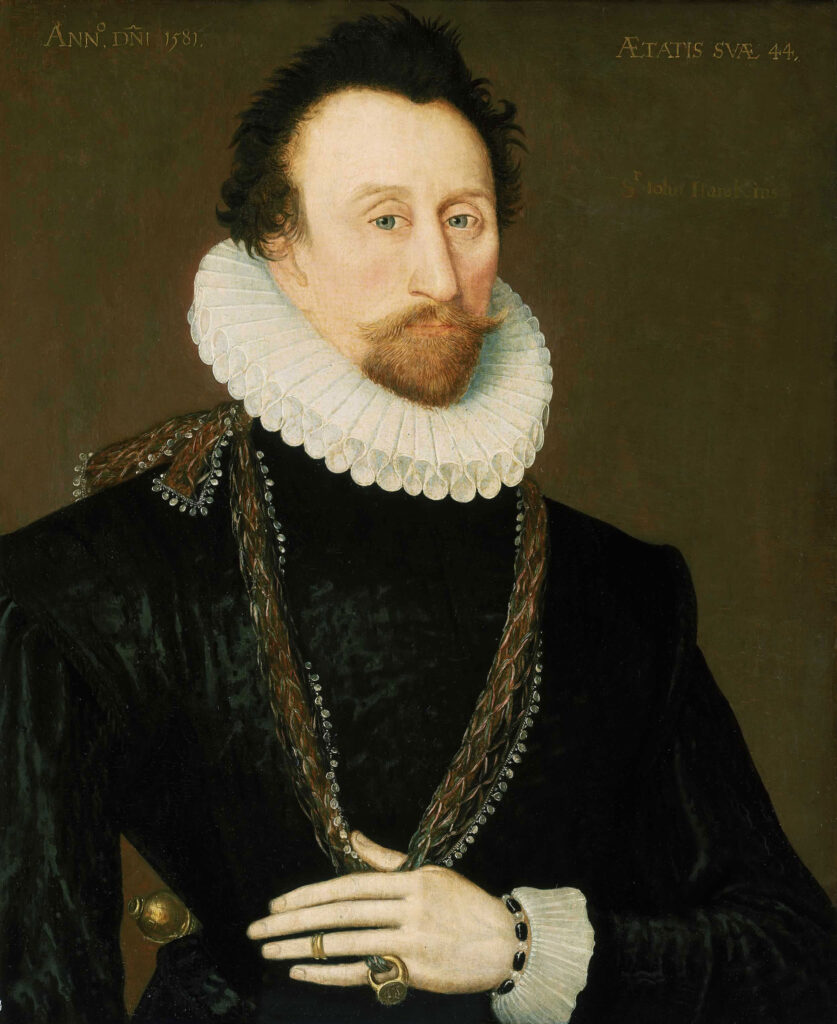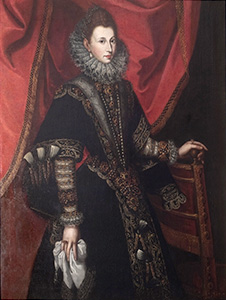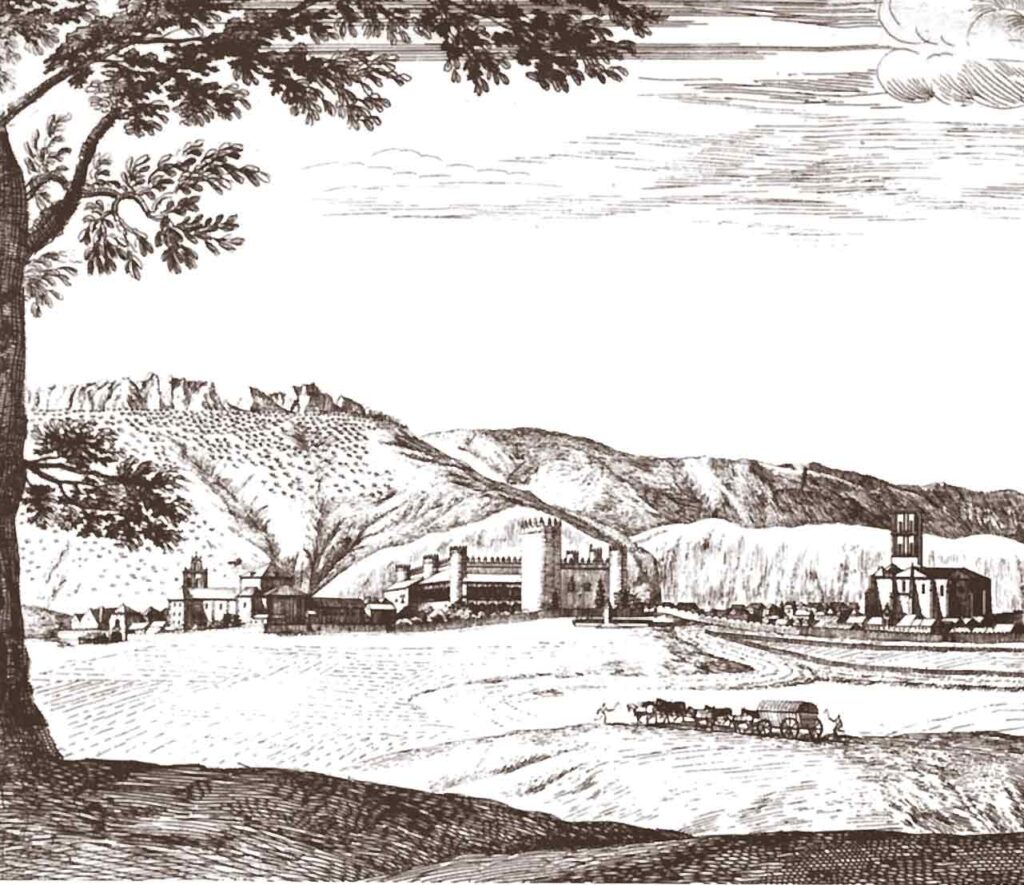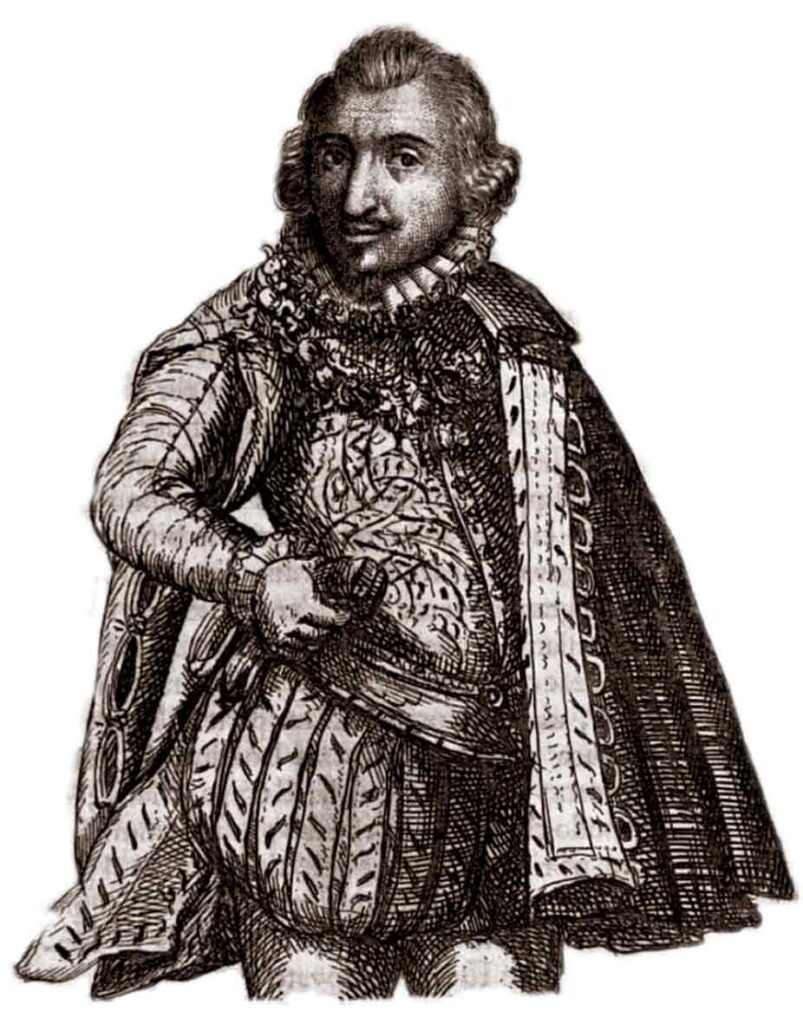Richard Davenport-Hines describes the background to his choices in Picture Perfect, an anthology of poetry and prose published by Anthony Eyre. Article published in the Literary Review, November 2023.
The most satisfying room I know is in a Gloucestershire farmhouse. It is neither large nor imposing, but it has quiet perfection. Over the course of thirty years, at auctions and gallery openings, in shops in country towns and markets in London, my friend Ursula has bought paintings and objects that appeal to her. They are not rare or costly, but they chime with one another in finely attuned harmony.
I have been thinking a lot of Ursula’s sitting room, and of the Frick museum in New York, and of Derek Jarman’s garden at Dungeness. Each of them is the sure and coherent expression of an individual’s unhampered choices. Subjective taste in the hang of pictures or the planting of gardens always seems to me more rewarding than a didactic, conscientiously even-handed, impersonally curated display. It’s no different with another type of collector and arranger, the literary anthologist – something very much on my mind at the moment as I put the finishing touches to my own anthology.
*
Clare Bucknell’s The Treasuries: Poetry Anthologies and the Making of British Culture, which I reviewed for this magazine in February, reminded me why I prefer anthologies that, like Jarman’s garden, make a personal testament. Auden’s A Certain World (1970), for example, is a bewitching autobiography of taste and feeling. By contrast, Al Alvarez’s hectoring collection The New Poetry (1962), with its Freudian authoritarianism, battering masculinity and personal opacity, has always offended me.
A generation ago, anthologies which served as mere boosterish coteriecollections were easily identifiable by a common factor: they tended to include the pallidly Audenish versifying of James Fenton. Auden, as Bucknell shows, was the most prolific anthologist among 20th-century poets. The best definition of poetry, he thought, is ‘memorable speech’. Remembrance is secured through ‘the audible spoken word and cadence, to which in all its power of suggestion and incantation we must surrender, as we do when talking to an intimate friend’.
These opinions come from the preface to The Poet’s Tongue (1935), the sprightly polyvocal anthology that Auden co-edited with John Garrett, headmaster of Raynes Park County School. Their book celebrates the spoken word with reams of folk songs, dialect, nursery rhymes, sea shanties, ballads, carols, doggerel from broadsheets, choral verses and so forth. It is a collection for recitation, and especially for speaking aloud from memory, although it does not include the jolly rhyme about Garrett’s school that I sing when motoring on the A3:
Have you heard of the wonderful school
They’ve built on the Kingston by-pass?
They say it’s no place for a fool,
But it helps if you’ve got a nice arse.
Best are the writers who listen to the sound of their words and induce their readers to listen too, halting the heedless speeding traffic on the A3s of life. The act of memorising makes one pause. Many of the most attractive anthologies contain poems fit for recitative memorising: Lord Wavell’s Other Men’s Flowers (1944), Francis Meynell’s By Heart (1965) and, best of all, Josephine Hart’s Catching Life by the Throat (2006). Both Wavell and Meynell began reciting poetry in childhood. As a small boy, Wavell was paid threepence a time for declaiming Macaulay’s ‘Horatius’. He then found an uncle who was willing to pay him sixpence for refraining. At a similar age, Meynell, who was morbidly shy, was besought to recite Gray’s ‘Elegy’. He would only do this if he could hide from sight under the dining-room table while doing so. Hart described herself as ‘a word child’. She was schooled in Ireland, ‘where life was language before it was anything else’. She felt, as I do, that every phase of her life would have been ‘less comprehensible, less bearable, and infinitely less enjoyable’ without poetry.
Larkin likened the art of poetry to the art of photography. I tried to make my sons into ‘word children’ by reading them poems that are pictorial. One of my happiest moments was reading aloud The Waste Land to them when they were aged six and four. The marvel, the thrill, the alertness, the delighted incomprehension on their faces as they heard Eliot’s rich, incongruous words remain an ineradicable joy after more than thirty years.
*
During 2022, when I was compiling my anthology, I took as my models Ursula’s room and the shingle shore at Garden Prospect Cottage. As best I could, I tried to emulate Hart, creating a collection with a single sensibility, and words of poetry and prose that sound enriching when read aloud. I cherished in my mind the image that had entranced my sons: the moon that shone bright on Mrs Porter and her daughter as they washed their feet in soda water.
For years, my friend Charity Charity, who took her forename as her post-divorce surname and brand, circulated a Christmas pamphlet containing the plums of her year’s reading. At Christmas 2021, six months after her death from a brief, devastating illness, her son circulated a last set of extracts. It was this gift, together with the memory of Charity’s phenomenal accuracy in the recitation of poetry and prose, and of her love of strength and sensuality in words and images, that persuaded me to compile the anthology in her memory.
The spirit of my anthology is contained in a remark of I A Richards: ‘A decline in our sensitiveness and discrimination with words must be followed soon by a decline in the quality of our living also.’ How good it is to see the word ‘discrimination’ used in a positive sense rather than by grievance-mongering campaigners. The anthology, as Charity would have wished, celebrates the life-enhancing and discriminate use of words. Everything in it, whether poetry, prose, maxim or deathbed gasp, gains in its meaning by being read aloud. My imagination is pictorial. I remember rooms and landscapes more keenly than emotions. For that reason, the book is entitled Picture Perfect.
Although there are few words by me in it, it is the most personal of the two dozen books with my name on the spine. It is a book for discriminating ‘word children’ and I hope it reminds people that it is as important to listen aloud as it is to read.
PICTURE PERFECT
ISBN 9781912945443
200pp, £25
Buy HERE
